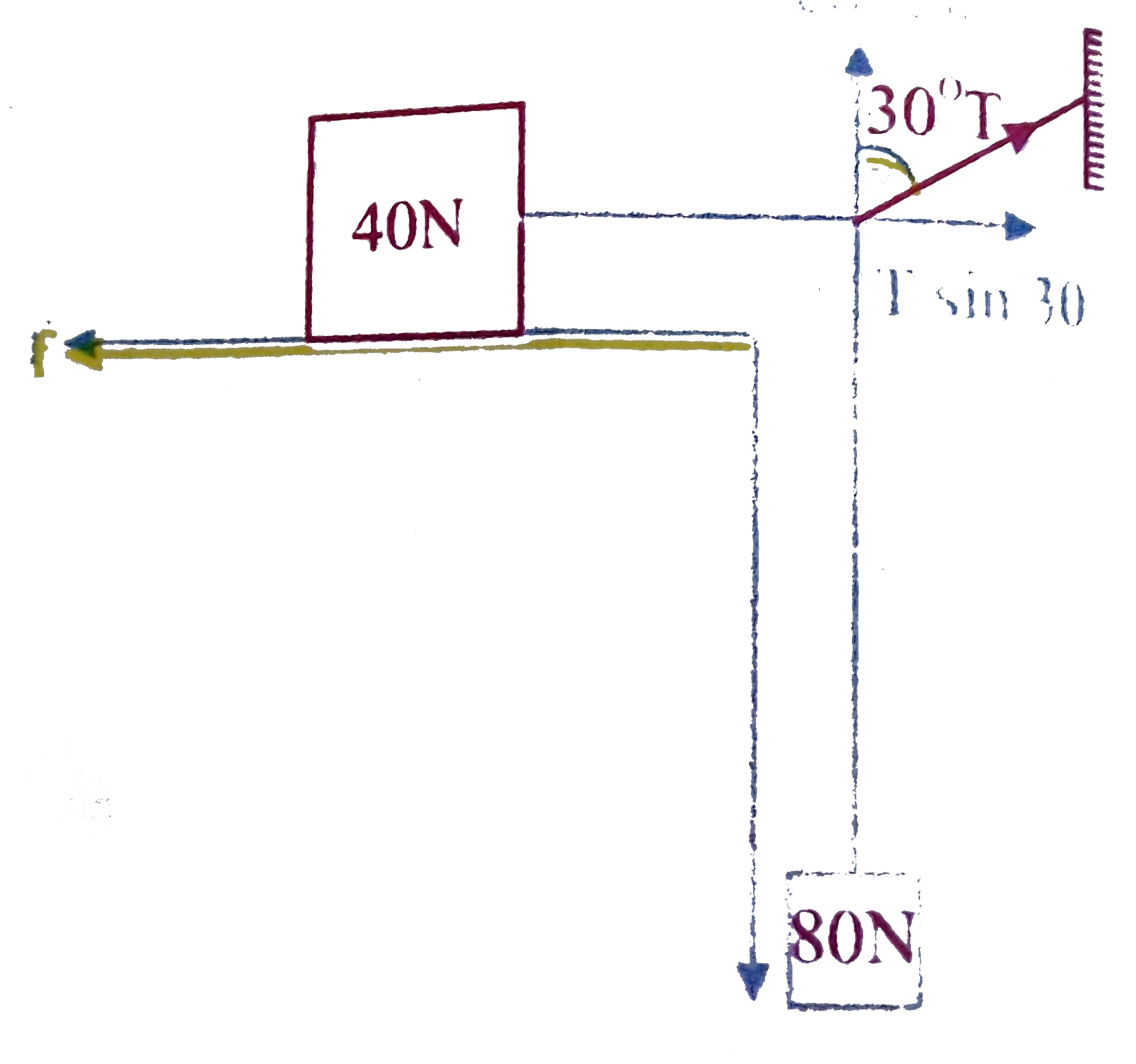Text Solution
Verified by Experts
|
Topper's Solved these Questions
NEWTONS LAWS OF MOTION
NARAYNA|Exercise C.U.Q|73 VideosView PlaylistNEWTONS LAWS OF MOTION
NARAYNA|Exercise LEVEL -I (C.W)|47 VideosView PlaylistMOTION IN A STRAIGHT LINE
NARAYNA|Exercise Level 2 H.W|29 VideosView PlaylistOSCILLATIONS
NARAYNA|Exercise EXERCISE - IV|41 VideosView Playlist
Similar Questions
Explore conceptually related problems
Knowledge Check
A
B
C
D
Submit
A
B
C
D
Submit
A
B
C
D
Submit
Similar Questions
Explore conceptually related problems
NARAYNA-NEWTONS LAWS OF MOTION-PASSAGE TYPE QUESTION
- A block on table shown in is just on the edge of slipping Find the coe...
02:26
|
Playing Now - A shot putter with a mass of 80kg pushes the iron ball of mass of 6kg ...
04:53
|
Play - A shot putter with a mass of 80kg pushes the iron ball of mass of 6kg ...
04:39
|
Play - A shot putter with a mass of 80kg pushes the iron ball of mass of 6kg ...
09:55
|
Play - Two blocks m(1) and m(2) are allowed to move without friction. Block m...
08:06
|
Play - Two blocks m(1) and m(2) are allowed to move without friction Block m(...
09:15
|
Play - Two blocks m(1) and m(2) are allowed to move without friction Block m(...
09:15
|
Play
 .
.